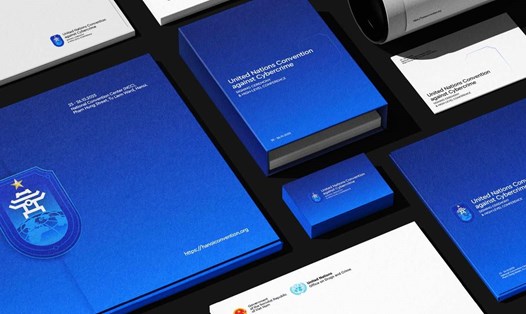Business Times quoted a report published on November 5 by Allianz Research - global economic and strategic research department of Allianz Group (Germany) - saying that Vietnam has surpassed a series of economies in the region to rank second globally in the ranking of new-generation shopping malls, only after the UAE. The report said that Vietnam's breakthrough comes from impressive export growth, an expanding network of free trade agreements and an increasingly large position in the global supply chain.
Although the world economy is still in a period of many fluctuations, Vietnam's goods exports in October 2025 reached 42.1 billion USD, up 17.5% over the same period last year - the highest increase since the beginning of the year. Total import-export turnover in the first 10 months of the year reached 391 billion USD and 371.4 billion USD, respectively, up 16.2% and 18.6%.
According to Allianz, Vietnam is clearly benefiting from the trend of supply chain shift and trade regionalism in Asia, as multinational corporations are stepping up investment in factories, logistics centers and research facilities in Vietnam.
Data from S&P Global also showed that the PMI of Vietnam's manufacturing industry increased sharply from 50.4 points in September to 54.5 points in October, reflecting a strong recovery in manufacturing and new orders, especially export orders - increasing again for the first time in more than a year.
In the ASEAN region, Vietnam surpassed Malaysia to hold second place in the new-generation trade center rankings. Malaysia ranked 3rd, while Thailand (8th), Indonesia (11th) and the Philippines (13th) still faced challenges due to limitations in infrastructure, production investment and logistics connectivity.
Allianz Research believes that Vietnam is gradually becoming a "new trade axis" of Asia, thanks to the combination of competitive labor costs, strategic positioning and increasingly high production capacity. In particular, the signing of many free trade agreements such as CPTPP, EVFTA, RCEP has helped Vietnamese goods access major markets with preferential tax rates.
Not only production, tourism is also an important driving force to support growth. In October, Vietnam welcomed 1.7 million international visitors, up 22.1% over the same period last year, following the 19.5% increase in September.
In parallel with tourism, public investment is being strongly promoted by the Vietnamese Government to create room for the acceleration period of 2026-2030. The disbursement of investment capital from the state budget in October increased by more than 29% over the same period, continuing the strong momentum from the third quarter of 2025.
At the 10th session of the National Assembly, the Government also proposed a budget deficit of 4.2% of GDP for 2026, higher than the 3.1% of the previous year, demonstrating its determination to increase spending to stimulate growth and reform the economic structure.
In the foreign investment sector, FDI inflows into Vietnam continue to explode. From January to October this year, FDI disbursement reached 21.3 billion USD, up 8.8% over the same period in 2024 - the highest level in 10 months since 2007. Newly registered and additional capital reached 31.52 billion USD, up 15.6%, reflecting the growing confidence of international investors in Vietnam's long-term prospects.
According to experts, with a solid production foundation, diverse exports and open investment attraction policies, Vietnam is entering an important transition period to become a new-generation trade and production center of ASEAN.
double-digit growth targets from 2026 along with strong reforms in institutions and investment environments will be the key to helping Vietnam maintain growth momentum and strengthen its position in the global value chain.











